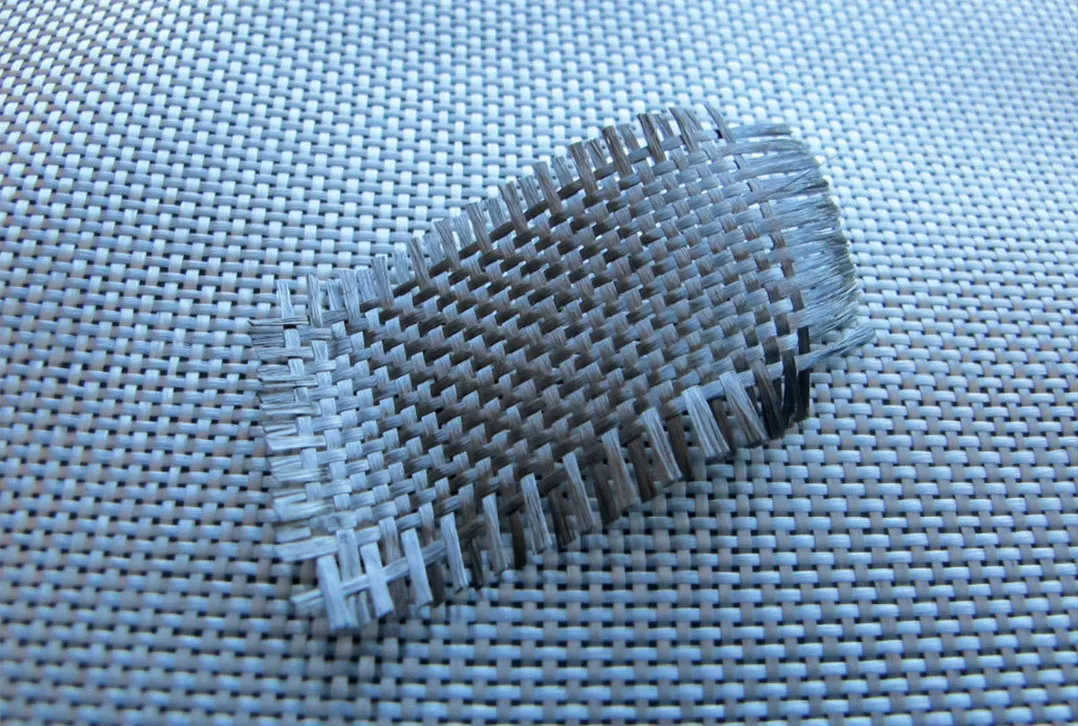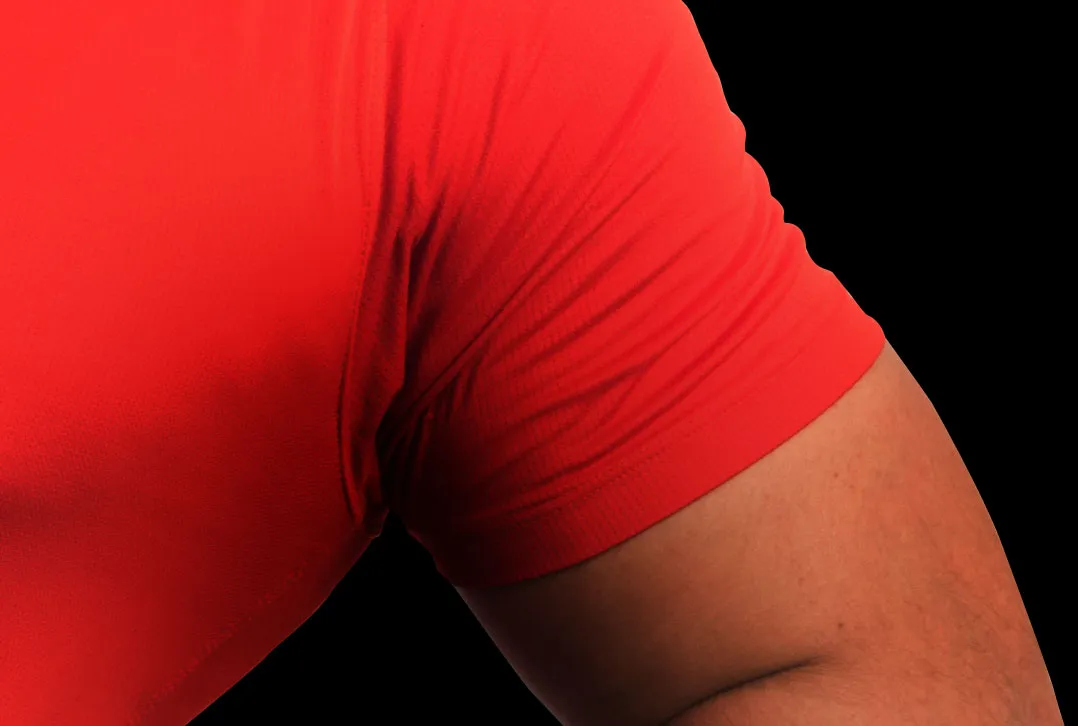The workwear industry has seen significant advancements in recent years, driven by the need to enhance comfort and performance for workers across various sectors. From smart fabrics to ergonomic designs, these innovations are transforming traditional workwear into high-tech gear that meets the demands of modern workplaces. Here are some of the key innovations in workwear technology that are enhancing comfort and performance.

Smart fabrics, also known as e-textiles, are revolutionizing the workwear industry. These fabrics are embedded with electronic components that can monitor various physiological parameters such as heart rate, body temperature, and even hydration levels. By integrating sensors into the fabric, smart workwear can provide real-time health monitoring, which is particularly beneficial in high-risk industries like construction and mining. This technology not only enhances worker safety but also improves productivity by preventing health issues before they escalate.


Comfort is a crucial factor in workwear, especially for workers who perform physically demanding tasks. Moisture-wicking fabrics have become a staple in modern workwear, as they draw sweat away from the skin and allow it to evaporate quickly. This keeps workers dry and comfortable, even during intense physical activity. Breathable materials, on the other hand, allow air to circulate through the fabric, preventing overheating and maintaining a comfortable body temperature.

Innovations in fabric technology have led to the development of temperature-regulating materials that adapt to the wearer’s body temperature. These fabrics, often infused with phase change materials (PCMs), absorb, store, and release heat to maintain a stable temperature. This is particularly useful in environments with fluctuating temperatures, ensuring that workers remain comfortable throughout their shift.


Ergonomic design focuses on creating workwear that supports the body’s natural movements and reduces strain. This includes features like articulated knees, gusseted crotches, and adjustable closures that provide a customized fit. Ergonomic workwear not only enhances comfort but also reduces the risk of injuries caused by repetitive movements or poor posture.

Traditional workwear often prioritizes durability over comfort, resulting in heavy and restrictive garments. However, advancements in material science have introduced lightweight and flexible fabrics that do not compromise on durability. These materials allow for greater freedom of movement, reducing fatigue and increasing efficiency.


Safety is paramount in many industries, and workwear plays a crucial role in ensuring worker visibility and protection. High-visibility fabrics with reflective elements are now standard in workwear for construction, roadwork, and other high-risk environments. Additionally, innovations in flame-resistant and cut-resistant fabrics provide enhanced protection without sacrificing comfort.

Workwear that remains fresh and hygienic throughout the day is essential, particularly in industries like healthcare and food service. Anti - microbial treatments prevent the growth of bacteria and fungi, reducing the risk of infections and unpleasant odors. Odor-resistant fabrics incorporate advanced technology to neutralize odors, keeping workwear smelling fresh even after long hours of wear.


As sustainability becomes a priority across industries, the workwear sector is also adopting eco-friendly practices. Sustainable fabrics made from organic cotton, recycled polyester, and biodegradable materials are gaining popularity. These fabrics not only reduce environmental impact but also offer the same level of comfort and performance as traditional materials.
Innovations in workwear technology are significantly enhancing comfort and performance for workers across various industries. From smart fabrics and moisture-wicking materials to ergonomic designs and sustainable fabrics, these advancements are transforming the way we think about workwear. By integrating these technologies, workwear manufacturers can provide garments that not only meet the functional needs of workers but also ensure their safety, comfort, and well-being.